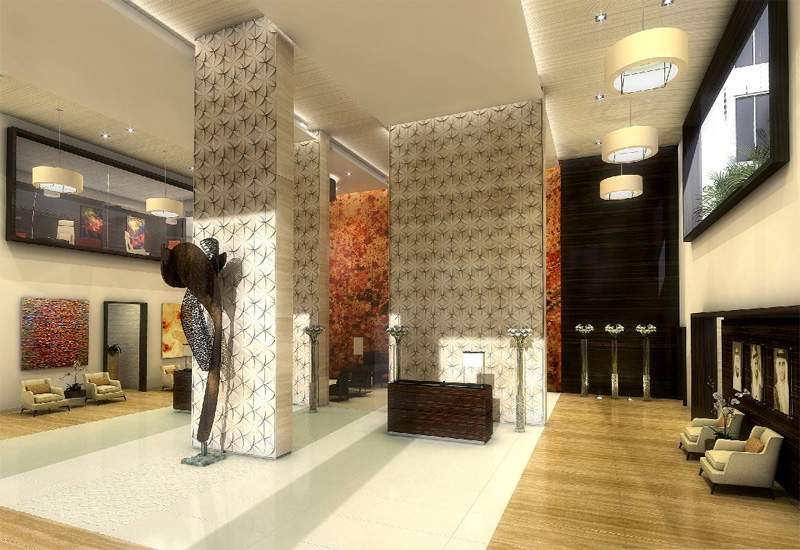Global and local operators alike are making long-awaited forays into the mid-market segment in the Middle East, with a raft of announcements made during Arabian Hotel Investment Conference and Arabian Travel Market, but the pace of development is still to be seen.
City Seasons Hotels told Hotelier Middle East it would be introducing a new three-star budget brand for the Dubai and Abu Dhabi market, while Action Hotels, an owning group investing specifically in the economy segment, outlined plans to grow the number of rooms in its portfolio five-fold to 5000 by 2020.
In a recent interview with Hotelier, Hilton Worldwide president and CEO Chris Nassetta said the brand was looking at introducing its three-star Hampton by Hilton brand to the region, adding to its four-star portfolio comprising the Doubletree and Garden Inn brands, while Hyatt Place made its GCC debut in Dubai.

| Advertisement |
Accor, often a first-mover in the segment, was bullish for continued growth of brands such as Novotel and Ibis, now split into three sub-brands, such is its dominance, and another leader in the mid-market, Wyndham Hotel Group, added plans for Wyndham Garden in Doha and lower down the star-rating scale, opened its first Super 8 in Saudi Arabia.
In the context of efforts by Dubai’s Department of Tourism, Commerce and Marketing (DTCM) in particular, arguably the region’s most mature market waiting for diversification, this proliferation of mid-market properties should hardly come as a surprise.
In October, DTCM launched incentives for developers of three and four-star hotels, including waiving Dubai Municipality’s one percent zoning fee and offering a two-year waiver on municipal fees if the hotel is open before 2017.
The organisation is already lauding the success of the initiative, recently telling sister title Arabian Business it had received 151 applications for new three and four-star hotel developments in the emirate, putting it within 10,000 keys of a 35,000-key target.
While he said the incentives have certainly been welcome, Filippo Sona, director and head of hotels for the MENA region at Colliers International, felt they do not ultimately deliver hugely significant savings to developers.
Instead, he ascribed the upsurge in development to the natural evolution of the market, which traditionally starts with five-star and high-end four-star properties. In Dubai, this growth has also been driven by the successful promotion of tourism and innovation.
“Dubai has gone past the stage of being an emerging market and is now a global player,” he explained. “It has a well-established five-star deluxe market and good four-stars.
“The market cycle reaches a point where they need to introduce more affordable options and with a buoyant intra-regional corporate market and domestic market there is a need of these mid-market hotels,” he added. “Now the market is in a phase where it is able to cater for it.”
One four-star operator which has been eyeing up the region for some time now is Swiss-Belhotel. As president and chairman Gavin Faull detailed to Hotelier, its efforts had been hampered in recent years by the global financial crisis, although things are now changing.
The company exclusively revealed that it is on the verge of announcing a joint venture with a local investor, which will see it open six more properties in the region by the end of the year. The boss of the Hong-Kong based hotel group explained why he is so enthusiastic about the opportunities.
“The Middle East is waking up to four-star business because that’s where the growth is,” he said.
“I don’t think tourism has even started. This is why they’re building another airport [in Dubai] and why Emirates is doing what it’s doing. I have no doubts about business in the Middle East,” said Faull.
In its recent Middle East Hotel Survey, HVS analysed what it described as ‘midscale’ properties in the region and found that their performance remained “relatively stagnant” in 2013, with only marginal growth achieved across all key performance indicators.
“When compared to the performance of upscale and upper-upscale properties, the study indicated that while midscale properties manage to achieve an aggregate occupancy of 61% — three percentage points higher — the five-star category clearly dominates the market with ADR and RevPAR levels higher by as much as 50% and 48% respectively,” the report said.
“The greatest performance gap between the aforementioned categories is evident largely in Abu Dhabi, Dubai, Istanbul and Kuwait City,” the Middle East Hotel Survey also revealed.
Article continues on next page ...









 Search our database of more than 2,700 industry companies
Search our database of more than 2,700 industry companies









